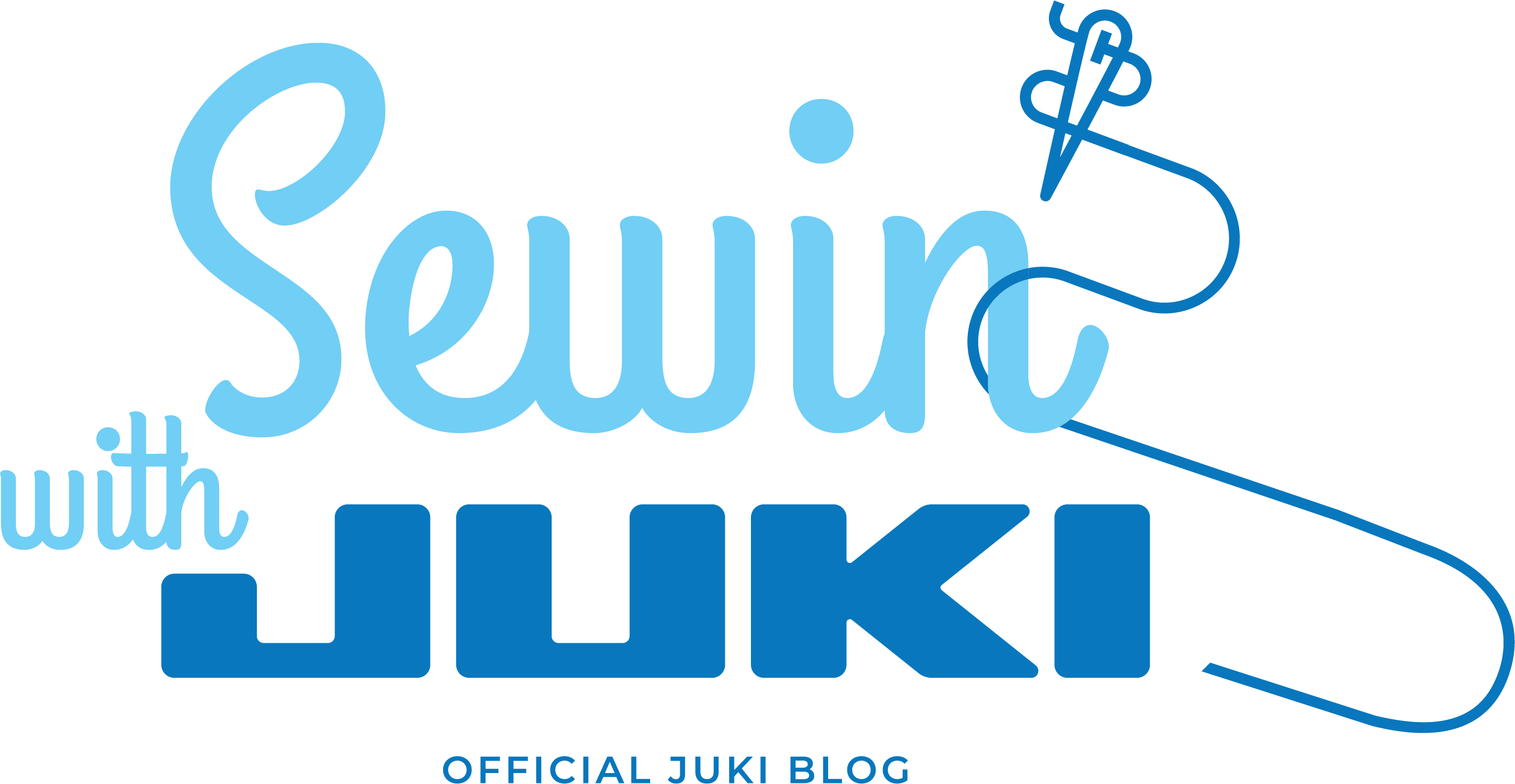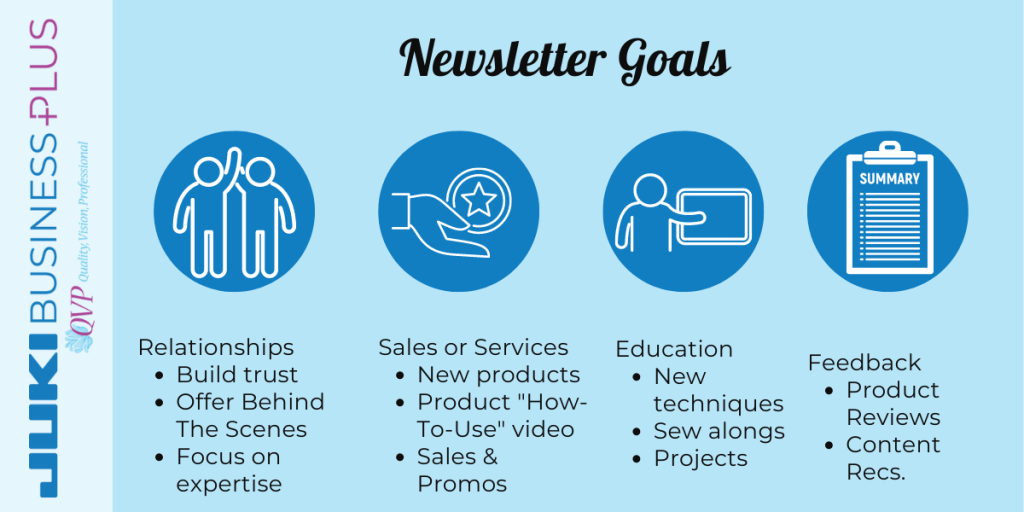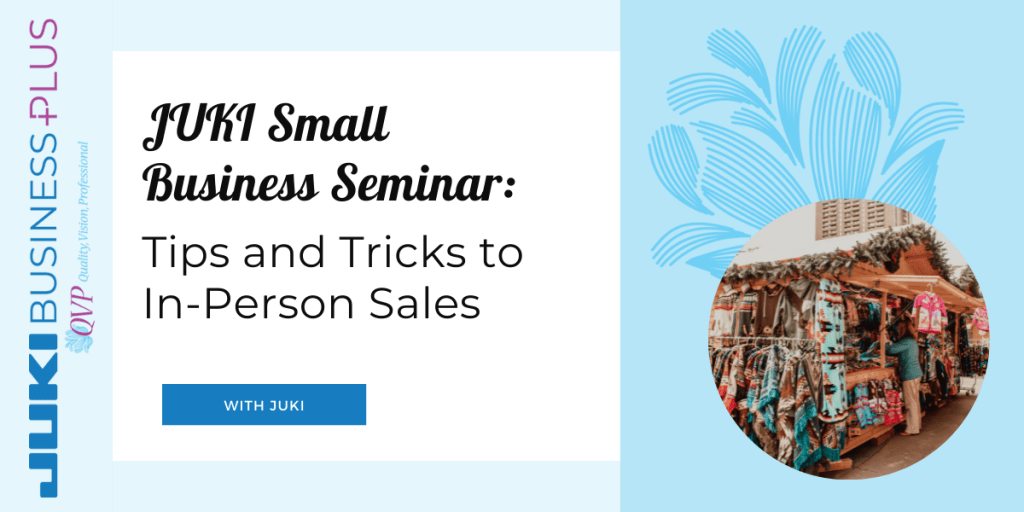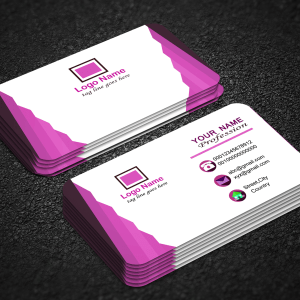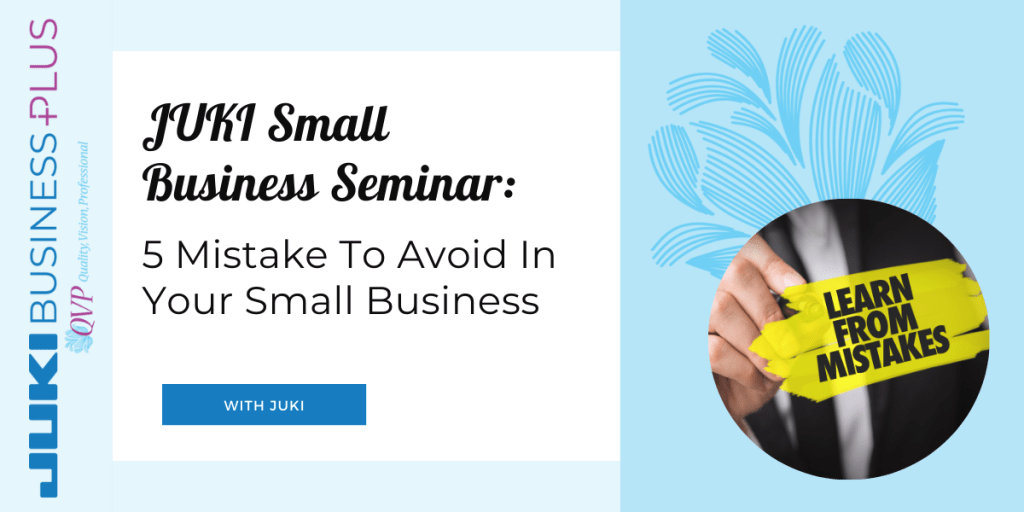
At JUKI, we know how great it is when you find your favorite sewing shop! They’re equipped with every accessory you need, fabrics you can never say no to, or that JUKI machine you love. Today we’re going to introduce our JUKI National Accounts, dealers around you that aim to be your favorite by carrying every JUKI product! From your favorite quilting accessories to impeccable customer service, National Account JUKI dealers are there to help you on your sewing journey. Follow along below as we introduce our National Account dealers and how you can reach out to them today!
1st Sewing Center
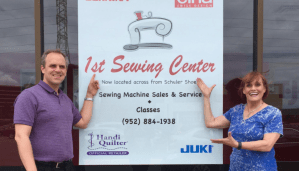
Minnesota quilters know and love the 1st Sewing Center! Family-owned, this business has been around for over 50 years, initially established by Darrell and Lu Jensen in 1960 to help quilters and sewists in their community achieve their dreams of creating. Proud carriers of all JUKI products, they offer three locations around the state with exceptional customer service and high-quality sewing products.
Step into one of their shops and enjoy the world of options available! From your daily notions to classes and events offered to sewists like you, 1St Sewing Center is ready to help your sewing, and quilting goals come to life! Looking forward to seeing you. You can find their contact information and more by clicking here.
35th Avenue Sew & Vac
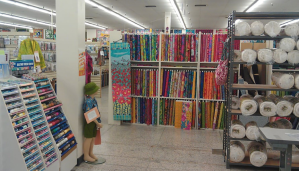
From one shop focused on vacuum sales and repairs to becoming one of the largest independent sewing machine stores and fabric businesses in the southwest, check out 35th Avenue Sew & Vac from Phoenix, Arizona! With over 30 years of business, this family-owned shop by Bill and wife Rita, as well as their daughter and son Jacquelyn and John, has been supplying customers like you with JUKI machines and beautiful fabrics all around the world.
Offering a variety of JUKI sewing machines that range from our long-arm Miyabi J-350QVP to our MO sergers, 35th Avenue Sew & Vac has created a matching variety of classes and events to inspire your creativity! Whichever hobby you love, whether it’s sewing, embroidery, or quilting, this one aims to be your one-stop shop. To learn more about 35th Avenue Sew & Vac, meet them at Rusty Barn Phoenix from January 26 – 28 or learn how you can visit them and click here today!
Angels Sewing and Vacuum Center
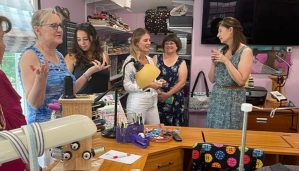
Learn and grow your skills with Angels Sewing and Vacuum Center in Salem, New Hampshire! Recently named Best of New Hampshire Shop by New Hampshire Magazine in 2021, customers here will find various products available. Browse and test-drive their extensive collection of JUKI sewing, quilting, embroidery, serger machines, parts, and accessories, and know your sewing machine is in capable hands with their repair services.
Enjoy their customer benefits and receive unlimited free quilting lessons and five free embroidery lessons when your purchase a machine, helping beginner quilters grow their skill one class at a time! Attend a quilt class, create at an event, or find your next machine by visiting here to learn more about Angels Sewing and Vacuum Center.
Aurora Sewing Center

Are you located in New York? Check out Aurora Sewing Center, located in East Aurora, New York! With over 40 years in business, this sewing center offers a variety of JUKI sewing and quilting machines ready to help you create!
They also offer over 300 classes each year that beginner and advanced crafters alike will love, getting you ready to create new and exciting projects! If you’re a project lover, you can enjoy this shop’s seasonal Sewing, Embroidery and Serger Clubs! With special sewing guests bringing in their unique ideas and tips, you’ll love getting a new perspective on your favorite hobbies.
To learn how you can visit Aurora Sewing Center, visit us here.
Austin Sewing Machines and Quilting
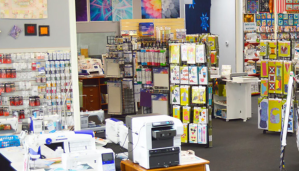
Meet one of the oldest sewing and quilt shops in Central Texas, Austin Sewing Machines and Quilting! Opened in 1953, this shop has been around for over 60 years, offering quilters and sewists like you the notions, tools, fabrics, and machines you need to help your creations come to life. With Bob Clark and his wife Ruth owning and running the business since 1984, they’ve stayed as a family-owned shop that focuses on quality service backed by decades of experience.
Known for their community outreach, Austin Sewing Machines and Quilting has continued to give back by providing their local churches with used sewing machines for community projects and donating them to Central America with their churches group! Want to check out their shop? Visit us here to find out more!
Barnes Sewing Center, INC.

Since 1978 Barnes Sewing Center’s priority has been you, the customer! With a focus on providing invaluable support, Barnes offers customers complete guide lessons on their machine or software, 20% off all notions, threads, and stabilizers, one year of free service, and a support system ready to help keep your sewing and growing.
Visit Barnes Sewing Center and find the best machine for your project needs by speaking with one of their experienced sales team members, ready to help you get what’s right for you! Visit us here to learn more about Barnes Sewing Center and how you can visit.
Blue Bars Quilts, Inc.
Modern quilters all over the country will love Blue Bar Quilts, Inc.! Focused on modern quilters located in Middleton, Wisconsin, and their shop is ready with the sewing machines and fabrics creators love and need. Offering all JUKI QVP machine models, a full line of JUKI sewing machines, sergers, long arm quilting machines, and of course, our personalization machines, the TAJIMA Sai and RICOH Ri 100, you can find everything you need to start creating today.
If you’re new to sewing and quilting, take advantage of the classes and projects offered by Blue Bar Quilts, Inc.! Offering a variety of classes that range from machine sewing to color theory, they’re ready to help you succeed in your next creation. In addition, Blue Bar Quilts, Inc. is an active member of their community, consistently giving back by hosting programs like the Days for Girls Middleton Team, receiving finished quilts for donations, and more!
So whether you’re new to sewing and looking for help finding the suitable machine for you or a creator looking for new accessories and inspiration, Blue Bar Quilts is here to help your projects come to life! Click here to learn more about the Blue Bar Quilt’s Inc. shop!
Country Stitches
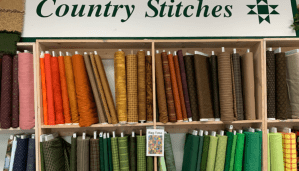
Since 1982 Country Stitches has been ready to help you sew and quilt! From our Miyabi long arms to the highest quality fabrics and fun classes, this shop is ready to help your creative dreams come to life!
Know your machine is in capable hands at Country Stitches! With their three full-time, industrially skilled technicians with a combined 40 years of experience, which offer services at East Lansing and Jackson, their ready to handle your JUKI machine at any time, with a limited-time warranty promise.
Visit here to learn more about Country Stitches and how you can shop with them!
Gigi’s Fabric Shop
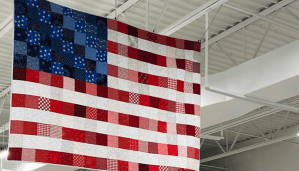
Gigi’s Fabric Shop of Tampa Bay, Florida, invites you to visit and enjoy the passion of quilting and sewing! Opened in 2013, Gigi, a fun nickname given by her granddaughter, opened a shop and began sharing her love and passion for sewing and quilting with the community. Here you can find our JUKI sewing and long-arm machine line surrounded by notions and designer fabrics.
Please stop in and attend sewing or quilting classes, place your children in a fun sewing program or speak with friendly and knowledgeable staff when you visit their 4200 sq. ft. shop, the perfect place for a beginner. Can’t make it to their shop? Visit them here to learn more about their JUKI Junkies online shop! And to find out how you can visit Gigi’s Fabric Shop, visit us here!
Grome’s Sewing Machine Company

Created and upheld by six generations of the Grome family, meet Grome’s Sewing Machine Company in San Antonio and Universal City, Texas! Ran by Sisters Cyndi Grome and Irma Tremillio, Grome’s is a deep-rooted Texas quilt and sewing shop that offers a perfect place to drop off your sewing machine for servicing and repairs, the opportunity to browse a large variety of JUKI products, notions, and fabrics you can’t turn away from!
If you’re new to sewing, Grome’s is ready to help your creative dreams come true! From helping you find the perfect sewing machine to offering basic sewing and quilting classes that will get your creative flow going, they’re ready to help you create every step of the way.
To learn more about Grome’s Sewing and how you can visit, read along here!
Jackman’s Fabrics Americas’ Premier Quilting and Sewing Machine Superstore
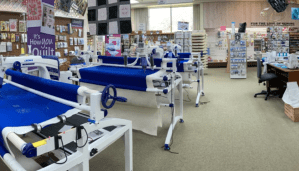
One of the longest-standing quilt and sewing shops, Jackman’s Fabrics Americas’ Premier Quilting and Sewing Machine Superstore has been locally owned and operated for 119 years and is ready to help you start creating! Offering our full JUKI line and RICOH Ri 100 direct-to-garment printer, JUKI creators from all roads can find what they need at their locations!
With fabric that ranges from quilting to home décor and then garment creation, Jackman Fabric features a wonderful selection for all creator types, including quilting notions, backings, battings, books, patterns, and supplies. Be sure to sign up for their free embroidery and sewing classes and clubs open to adults and kids! To find out more about Jackman’s Fabrics, visit us here!
Ken’s Sewing Center

Shop comfortably knowing you’re in good hands at Ken’s Sewing Center! With a full-service department and shop open for over 50 years, they’re ready to help you find your first machine or fix your favorite one! With same-day service for locals and free classes for customers, Ken’s team focuses on ensuring you’re comfortable and ready to use your machine.
Don’t worry if you’re out of state! Ken’s Sewing Center will work with customers over the phone and give instructions on how to operate your new machine just as if you had bought it in the store! They also assist with repair orders out of state, complete with a free estimate over the phone. To learn how you can shop at Ken’s Sewing Center, visit us here today!
Why Shop at a National Account Dealer?
- One-On-One Training: Throughout the year, JUKI trainers visit these dealers to keep their staff up to date on the newest JUKI home products to help provide you with reliable support during and after your purchase.
- Qualified Service Department: JUKI’s National Account Retail Dealers maintain a qualified service department, which is trained on JUKI products and has direct support from JUKI America. They’ll be able to help you keep your JUKI expertly tuned up.
- JUKI Access: National Account Dealers have access to the entire JUKI Home Sewing product line, including direct-to-garment printing, a compact commercial embroidery system, longarm quilting, and tabletop quilting along with a full line of sewing machines and sergers for you to experience.
Please stay updated next week as we share our other National Account Dealers with you! Whether you’re located right by one or looking for a trustworthy online shop to buy your machine from, our National Account dealers are ready to help you start creating. To learn more about our National account dealers and how you can visit one, check out our site here!
